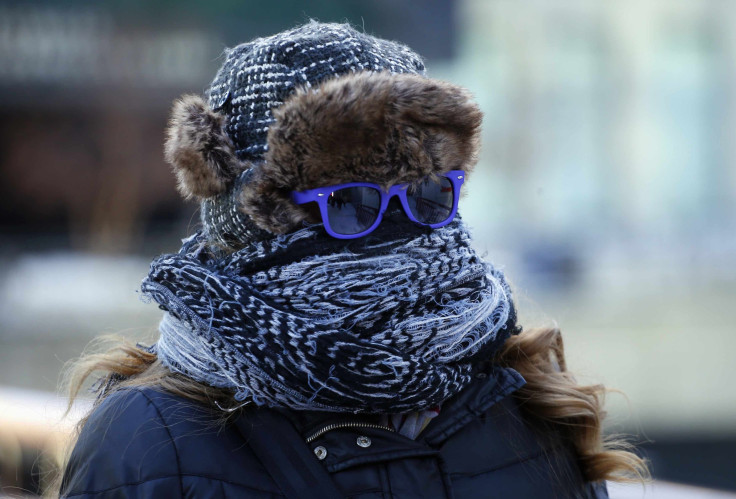Does Shivering Burn Calories? Conversion Of White Fat Into Brown Fat Can ‘Protect’ Against Obesity

The sub-freezing temperatures felt in much of the U.S. recently may have an upside. Researchers have found that shivering burns calories, similar to the way moderate exercise does. Both convert white fat, which stores energy, into brown fat, which burns energy.
According to a new study, published in the journal Cell Metabolism, shivering can actually burn calories and contribute to weight loss.
Researchers from the Garvan Institute of Medical Research in Sydney analyzed what happens to our bodies’ fat cells when we shiver. They found that certain hormones allow fat cells and muscles cells to communicate, transforming white fat cells into brown fat cells in order to protect us from the cold.
White fat cells, also known as white adipose tissue, are one of two types of adipose tissue found in mammals (the other is brown adipose tissue). White adipose tissue is used to store energy, and has receptors for insulin, norepinephrine and growth hormones. Healthy adult bodies contain between 20 percent and 25 percent of white adipose tissue, with females having slightly more of it than males.
Brown adipose tissue’s purpose is to generate body heat by burning calories. We’re all born with brown fat – it’s what keeps us warm when we’re babies – but we lose some of it over time. People with more brown fat are generally thinner than people with less.
"Excitement in the brown fat field has risen significantly over last few years because its energy-burning nature makes it a potential therapeutic target against obesity and diabetes," Paul Lee, an endocrinologist and lead author of the study, said in a statement. "White fat transformation into brown fat could protect animals against diabetes, obesity and fatty liver. Glucose levels are lower in humans with more brown fat."
To test their theory, researchers put a group of volunteers in an environment colder than 59 degrees Fahrenheit. After just 10 to 15 minutes, researchers noted hormonal changes in the subjects’ bodies equivalent to an hour of moderate exercise.
What exactly changed? Two hormones – irisin and FGF21 – were released when volunteers began shivering. These hormones aid in the conversion of white fat into brown fat.
According to Laboratory Equipment, 50 grams of white fat can hold more than 300 kilocalories of energy. The same amount of brown fat can burn that same 300 kilocalories of energy in a day.
The research supports a growing body of evidence that suggests being exposed to cold can actually help people control their weight.
© Copyright IBTimes 2024. All rights reserved.












